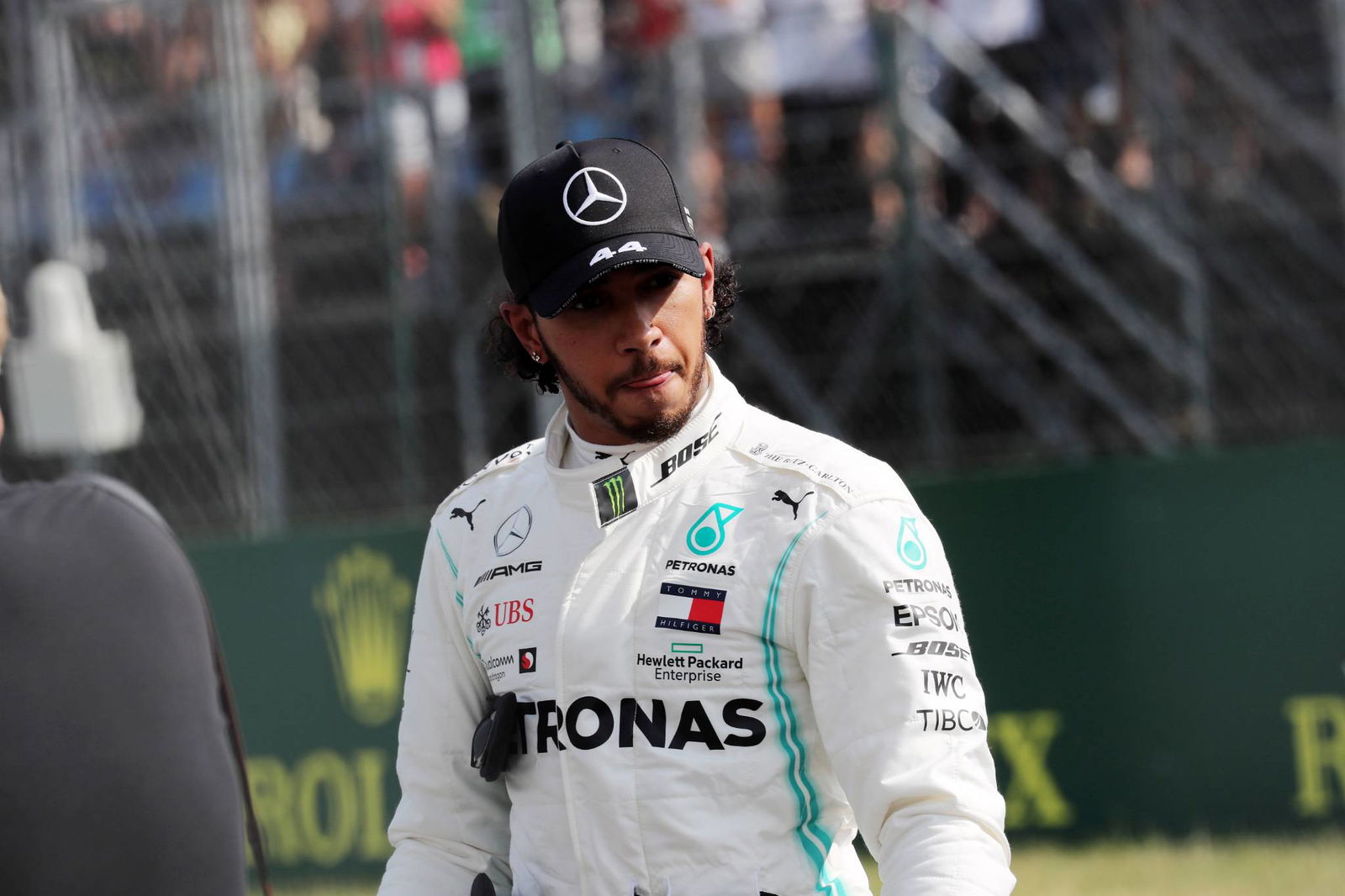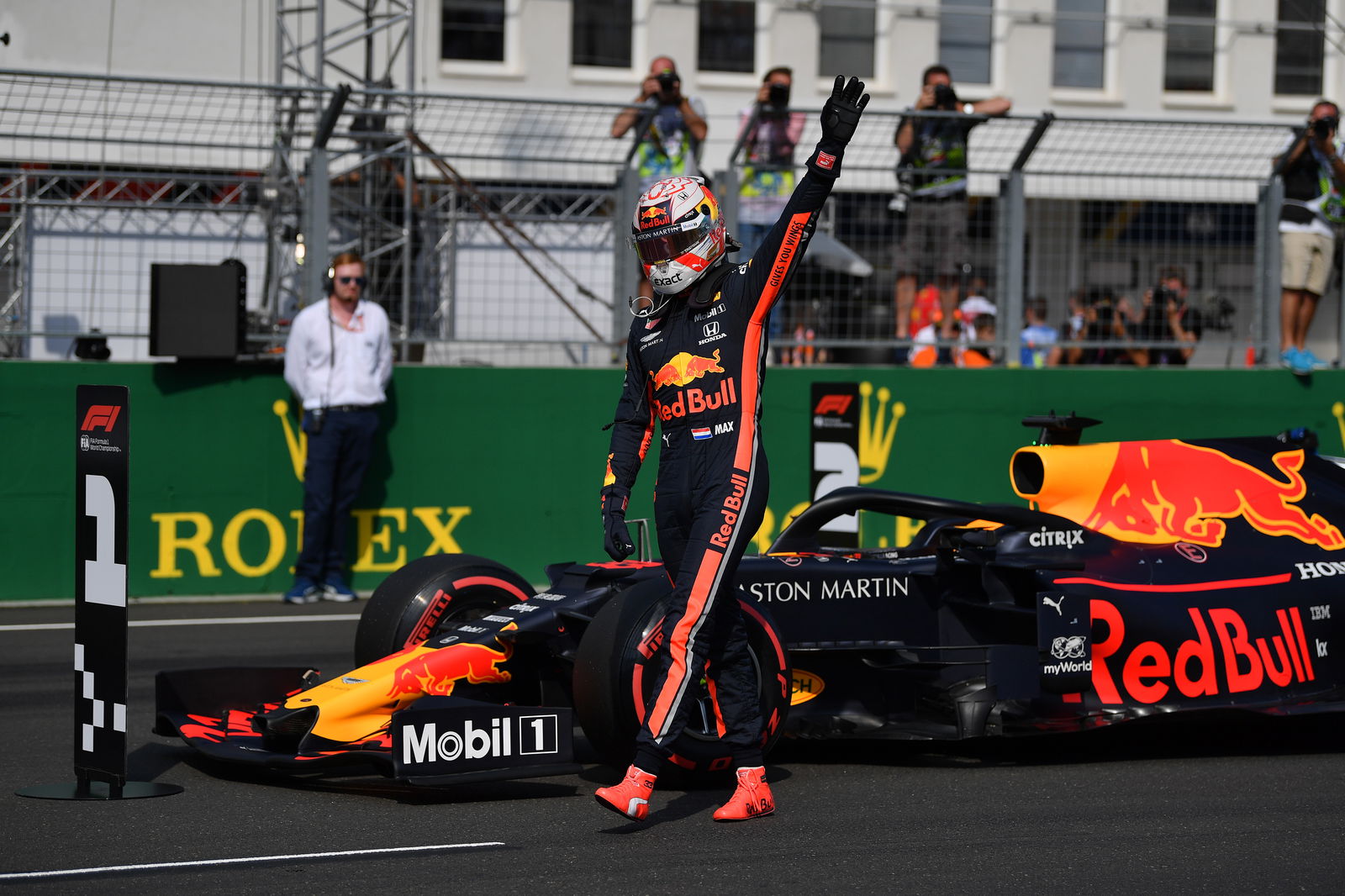Mercedes explains strategy behind Lewis Hamilton’s Hungary win
Mercedes Formula 1 chief strategist James Vowles has explained the thinking behind the team’s inspired strategy call that paved the way for Lewis Hamilton’s victory at the Hungarian Grand Prix.
Having shadowed Max Verstappen for much of the race, Mercedes rolled the dice and gambled by switching Hamilton onto a two-stopper. On fresh Medium tyres, the Briton was able to chase down and pass Verstappen for the lead late on, with the Red Bull driver struggling on ageing Hard tyres.

Mercedes Formula 1 chief strategist James Vowles has explained the thinking behind the team’s inspired strategy call that paved the way for Lewis Hamilton’s victory at the Hungarian Grand Prix.
Having shadowed Max Verstappen for much of the race, Mercedes rolled the dice and gambled by switching Hamilton onto a two-stopper. On fresh Medium tyres, the Briton was able to chase down and pass Verstappen for the lead late on, with the Red Bull driver struggling on ageing Hard tyres.
Speaking in Mercedes’ post-race debrief video, Vowles said that “morsels of data” collected from limited practice running on Friday at the Hungaroring ultimately proved a key factor behind the call.
“We had the team behind the scenes that are working tirelessly, they took the morsels of data from Friday, the very little running we had, and constructed models as to how our tyres and Verstappen’s tyres would perform during the race,” Vowles explained.
“They were spot on. It was those models which enabled us to believe that a two-stop would lead to a fantastic situation at the end of the race, and that Verstappen’s tyres should drop off the curve if we can pressure him enough.
“Once we had pitted Lewis it was clear that there was this huge mountain to climb,” he added. “We had 20 seconds of race time that we had to make up and then we had to overtake Verstappen at the end of the race.
“Lewis, rightly so, had concerns about that, but every lap he delivered the lap time we needed in order to do that.
“It caused Verstappen to respond and fight hard, and use the tyres that he had available to him to try and build that gap further, but it was to no avail, ultimately he fell off the tyre curve as the team predicted and we ended up with the win.”
Vowles added that Mercedes opted for Medium tyres in the final stint as it believed the Soft would not be as “resilient” amid hotter conditions on Sunday, and also revealed why the team ultimately backed out on attempting to undercut Verstappen earlier in the race.
“On the first stint of the race, it was clear that in order to beat Verstappen we were either going to have to undercut him, or do an overcut and try to do a tyre offset,” he said.
“Obviously we went for the latter of the two but we very much considered the undercut. The problem was that we had two Ferraris in the pit window, we had both Leclerc and Vettel for a number of laps.
“Eventually Vettel moved out and it was only Leclerc in the window, and that was the decision we had to make, do we want to stop and try and undercut.
“There were two problems; the first was that the Hard had a slow warm-up slope, it wasn’t quite ready for the first few corners when you went out, so it’s difficult to be immediately on the pace of Verstappen who would have stayed out.
“The second is you would have to overtake a very fast Ferrari immediately on exit, and the reality is, when you are only a second and a half behind a car, like Verstappen, you are not going to make up all that time on an outlap so we decided to stay long.
“Verstappen stopped on the first opportunity he could when he had a free gap, that was the right thing for them to do and that then led us to go long and offset.”


